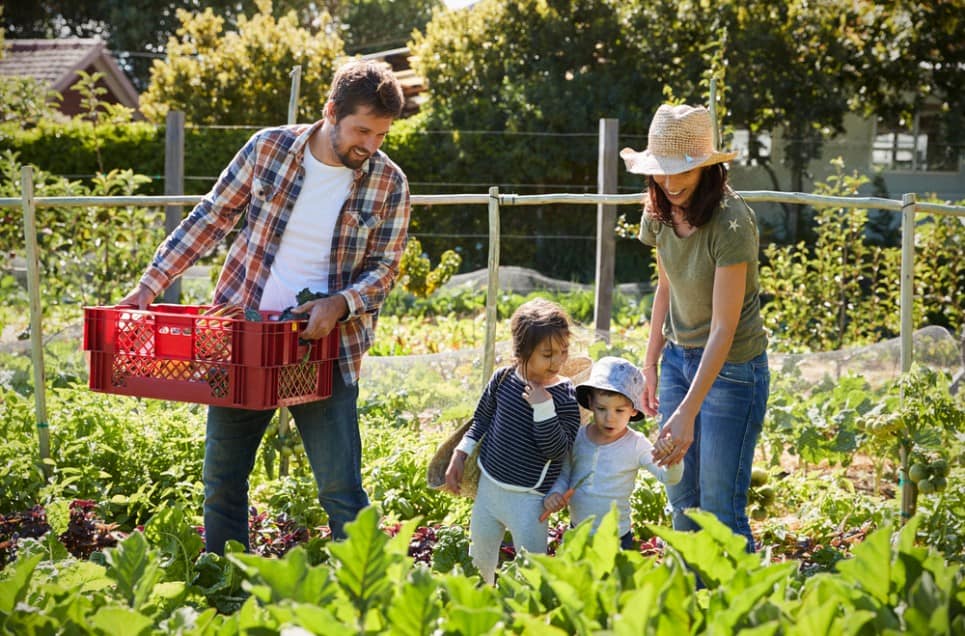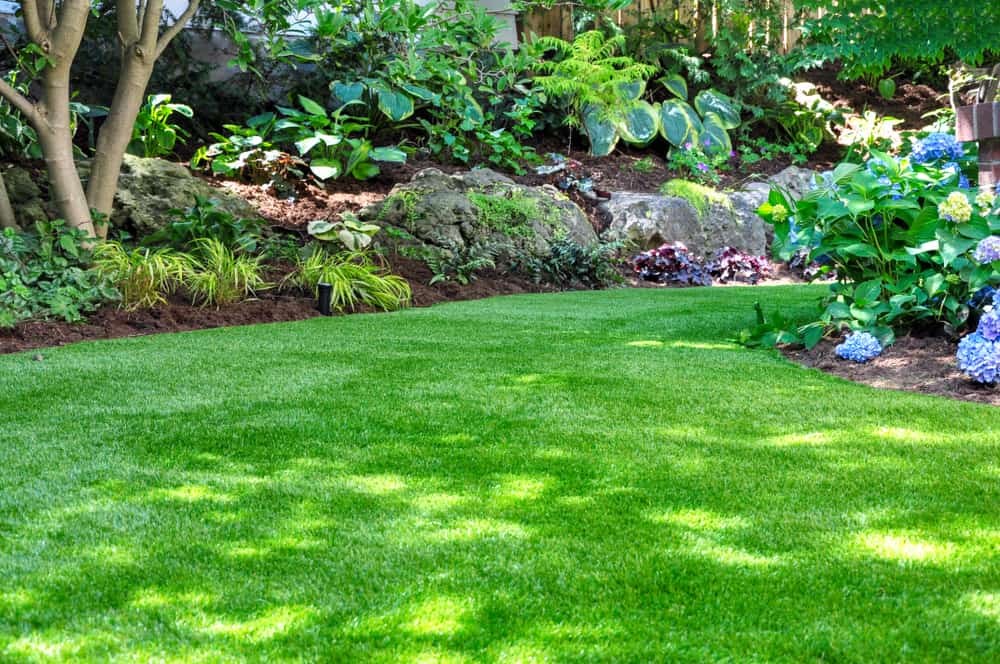Looking for some helpful gardening tips? Then you’ve come to the right place! So many new gardeners make mistakes when they are first starting out. This is a normal part of the process. But when too many mistakes happen, it can become very costly. Here at Home Addict, our goal is to give you some of the best gardening tips possible in order to minimize the number of disasters you experience in your own backyard.

30. Not Planning Your Garden Layout
Before you get started on a major garden makeover, it’s always important to create a garden layout. There are even professionals out there whose job it is to make these layouts, called landscape architects. So if it’s in your budget, you can hire a professional to help you design the garden of your dreams. If you’re creating your own layout, make sure you take notes on the size of your garden. This will help you buy the correct amount of plants for the space you have available.
Once you have a plan in place, it becomes a lot easier for you to figure out what to do next. This will help you with your budget, as well as a schedule for when you can find the time to do every step of the process to give your garden a makeover. During this planning process, you should dive into many of the gardening tips you find online to ensure that you are doing everything to the best of your ability.






























